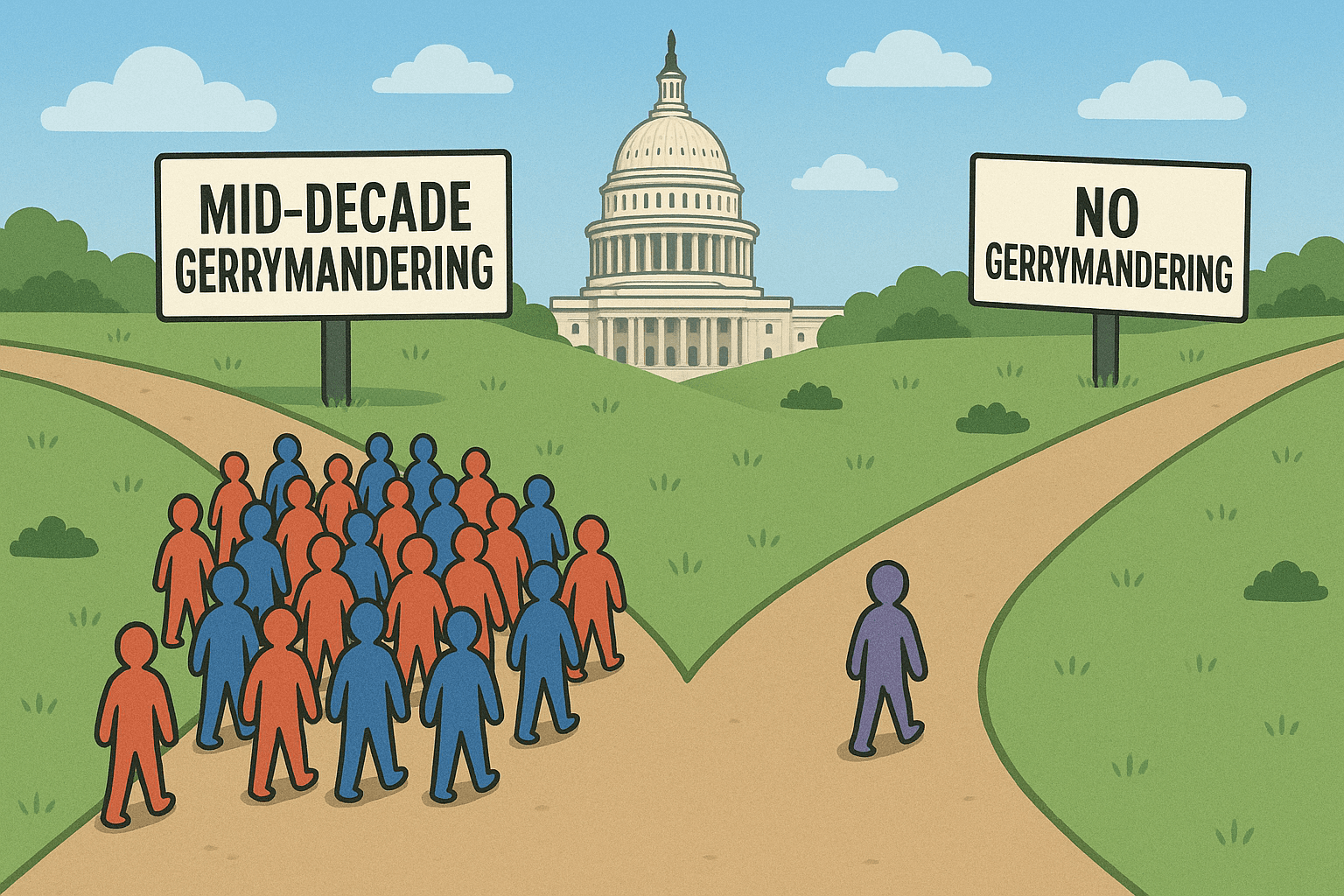Research: Minorities, Young Voters Actually Matter in CA Top-Two Primary

New research on the effects of California's nonpartisan, top-two primary suggests that many California voters are responding positively to the new election system, though opinions still vary greatly. In their book, Nonpartisan Primary Election Reform, authors R. Michael Alvarez and J. Andrew Sinclair found that many voters appear to be be empowered by "Top-Two" -- especially minority and young voting blocs.
California voters approved the top-two primary in 2010 under Proposition 14. Under the new system, all candidates and voters, regardless of political affiliation, participate on a single primary ballot. The top two vote-getters in the primary election then move on to the general election in November (again, regardless of party or how much of the vote either candidate receives).
Alvarez and Sinclair noted that a sizable portion of the California electorate remains uneducated about the new election system and its potential long-term effects. However, they do highlight the powerful role gender, age, education, and ethnicity play in how voters perceive the importance of political reform.
The authors also propose other factors that help shape a voter's opinion about election reform, including political knowledge or awareness of the reform, ways in which they choose to process the information about voter reform, and how the reform will affect their self-interests.In the book, Alvarez and Sinclair discuss opinions on the top-two primary system gathered after the 2012 primary election. Voters were encouraged to reflect on how they chose to cast their ballots.
Participants in the survey were given a set of questions that reflected positive and negative statements in which they could agree, disagree, or neither agree/disagree. There was a consistent theme of uncertainty in the answers, but many respondents agreed with "positive statements," such as the top-two primary "will provide better choices on the November ballot," "will help candidates I support," and "will help more moderate candidates win."
However, nearly the same number of respondents that agreed with the above positive statements also agreed with "negative statements," such as the new system "will prevent my party from controlling its own nomination process," "will put third parties at an unfair disadvantage," and it "might not leave me with anyone to vote for in November."
The statement respondents were least likely to agree with was the "ballot is too confusing."
When you break down the participants by age or gender, young voters were most likely to be positive about the new primary system, Latino voters had more positive opinions than other racial and ethnic groups, less educated voters were more positive than educated participants, and those with less frequent political participation had more positive views than voters who reported frequent participation.
Latinos across the state were more likely than whites to agree with positive views about the new primary system. Surprisingly, Democratic and Republican participants had a more positive view of the new primary voting method, even more so than independent participants who would benefit from the reform the most.
Ultimately, we will have to wait and see if these opinions sway more so to one direction than another as the top-two method continues to roll out in the coming years. Alvarez and Sinclair believe that as partisan polarization decreases in the state and significant fiscal and economic changes begin to take place, Californians will form positive opinions about the voting reform.
"If subside, and if the state's fiscal and economic situation improves, there is no doubt in our minds that politicians and reformers alike will credit those changes to the institutions of the top-two primary," the authors write. "In that scenario, we expect that voter opinions about the pros and cons of the top-two primary will likely move in a more positive direction."
Alvarez and Sinclair also analyze the racial representation in the California Legislature. Before the implementation of Top-Two, there were 35 minority representatives in the State Legislature. After the new election system was implemented, the number increased to 49 representatives.
Though the authors agree that more data is needed (i.e. more elections), they conclude that -- based on data currently available -- the top-two system doesn't harm the voting rights of minority groups and women. In fact, based on current data, these voters appear to be empowered. Future research will reveal whether or not the rise in minority representation becomes a lasting trend.
Diverse opinions on California's Proposition 14 will continue to take form for the next couple of years. There is still a lot to accomplish in terms of voter education and turnout, district representation, and the ability to choose your candidate of choice, regardless of party designation.
The choice to be an independent-minded voter and be able to vote for a candidate who can represent the people and not the party is the ideal circumstance. In time, we can hope to see an increase in independent elected officials alongside a balance of female and minority representation.




